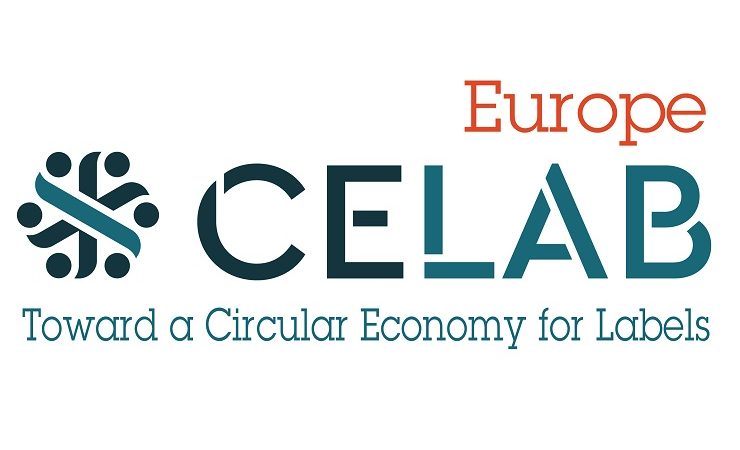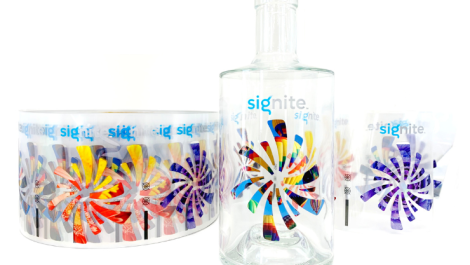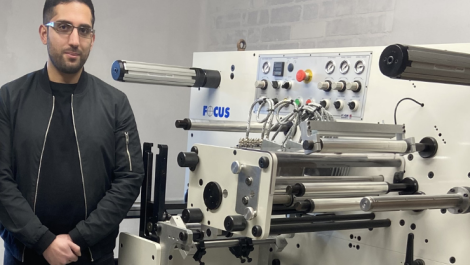CELAB-Europe, a new initiative designed to create a circular economy for self-adhesive label materials in Europe has launched to identify and collectively scale recycling and re-use solutions.
Focussing on self-adhesive label liner and matrix materials, the initiative aims to develop a sustainable and circular business model for over 75% of the used liner and matrix materials in Europe by 2025.
The CELAB-Europe consortium is part of CELAB, a wider global self-adhesive industry initiative to create a sustainable self-adhesive labelling industry by offering solutions and providing education to enable matrix and liner recycling.
CELAB-Europe was created earlier this year by four label stock suppliers (Arconvert-Ritrama, Avery Dennison, Herma, UPM Raflatac) and Finat. Nearly 20 leading players from across the label value chain in Europe have since committed to support the initiative, including raw materials producers (papers, films, silicones, adhesives), labelstock producers, and label companies.
Finat president Chris Ellison, from OPM Labels & Packaging, stated, ‘Finat has always been active in raising awareness about the recycling of liner and matrix materials, and in promoting successful recycling solutions. I am proud and excited that our industry is now leveraging its resources collaboratively to take this important opportunity to the next level. Only with a collective effort that is shared across the value chain can we make a difference and contribute our part to achieving a circular business model for the labels and packaging industry in Europe.’
‘The moment has arrived to create a globally focused platform for self-adhesive label recycling solutions,’ said Paul Nathanson, a senior principal at Bracewell, and spokesperson for CELAB. ‘CELAB’s structure includes a Global Steering Committee that serves as a “clearinghouse” for best practices and solutions developed by CELAB-Europe and other regional Branches that will be promoted globally. With increased recycling capability gradually emerging from suppliers, producers, waste management, mechanical and chemical recyclers and others, we see a tremendous opportunity to facilitate collaboration globally with partners up and down the industry’s value chain.’






